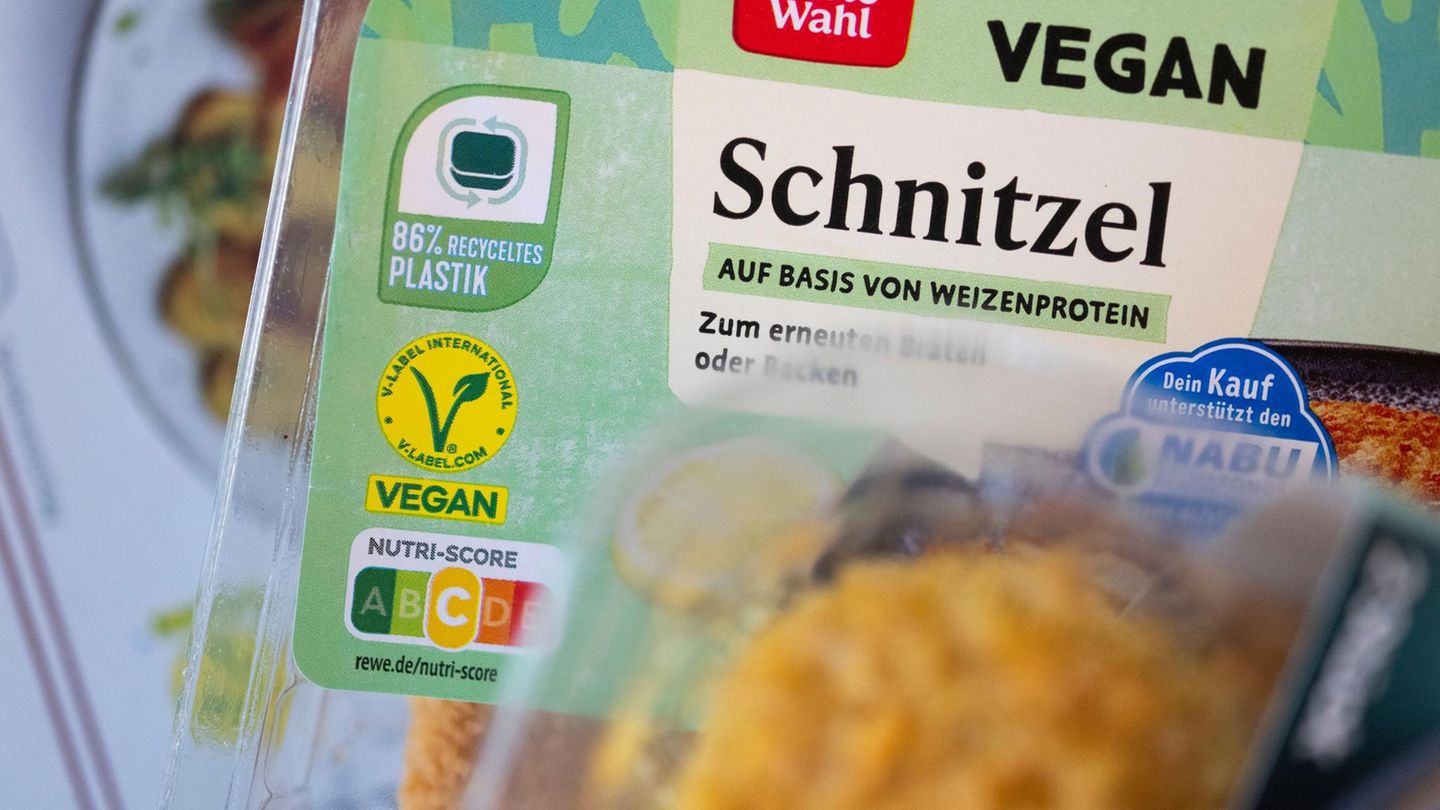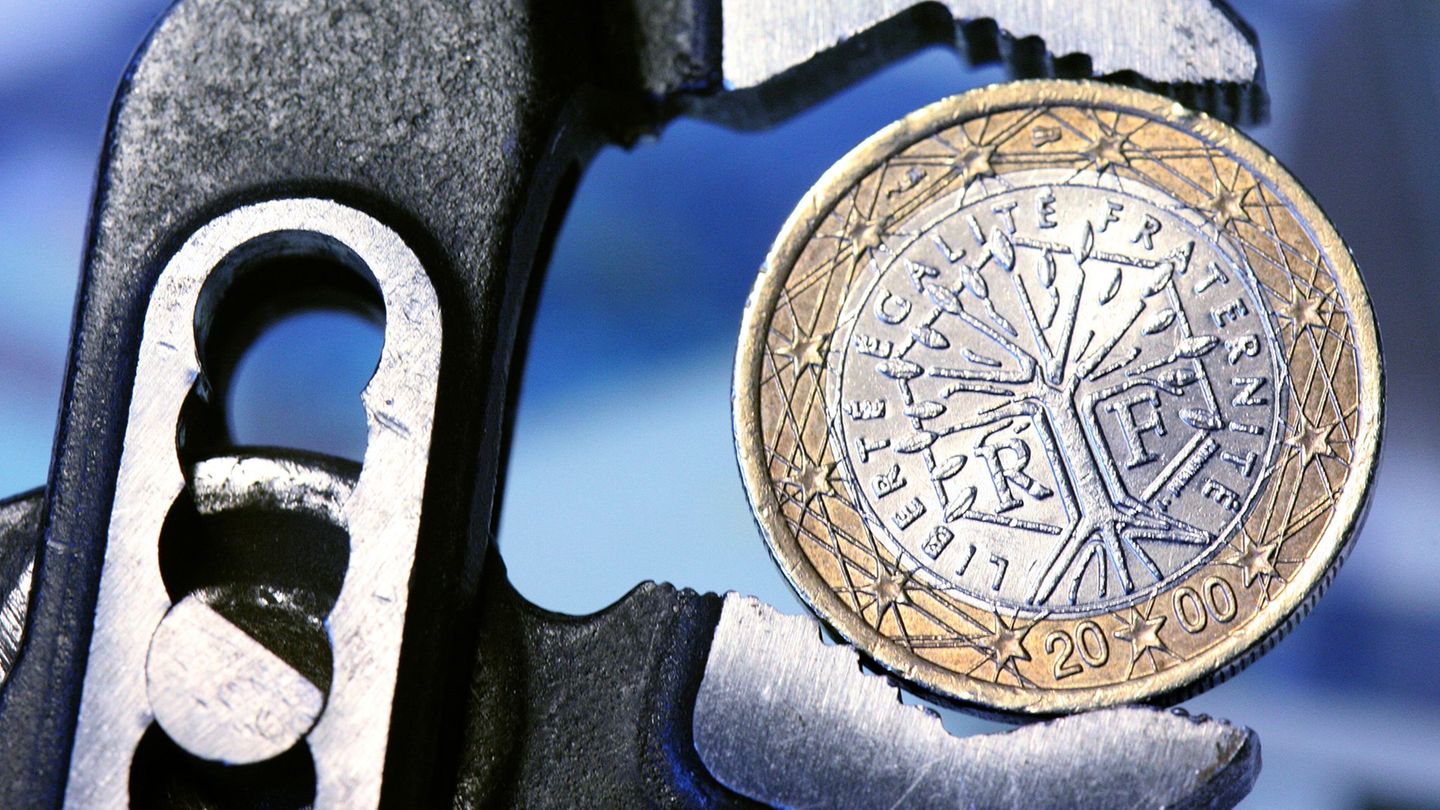Since the Vienna election in October 2020, the opposition made up of SP, FP and Neos has had 31 to 30 seats in the Federal Council, a wafer-thin majority against Turkish-Green. When it took office at the beginning of 2020, the federal government was faced with a red-blue majority in the chamber of states. Which is why several coalition laws, including corona measures or the university access restrictions, were blocked for eight weeks. In some cases the opposition was able to make concessions.
That could be over after the Upper Austrian state elections on September 26th. The decisive factor will be the performance of the FP, as a mandate simulation by the ARGE Wahlen based on the published surveys has shown. According to this, the FP is predicted to achieve a result between 22 and 24 percent (in 2015 it was 30.36 percent, which resulted in 18 mandates in the above state parliament). There were three blue seats in the Federal Council (VP / 4, SP / 2 and Green / 1).
Only if the Freedom Party win at least 14 seats in the state elections will they remain represented in the state chamber in their previous strength. If the result is worse, a member of the Federal Council would move to the People’s Party, according to the ARGE Wahlen. No shifts are to be expected with the SP, the Greens and the Neos as a result of the state elections.
The scenario could change a surprise not entirely ruled out by opinion pollers: If Neos and the vaccination skeptics MFG come over the four percent hurdle and make the leap into the state parliament, the FP should be enough 13 mandates for the receipt of their three federal councils.
If one of the two “little ones” – Neos and MFG – remains slightly below the four percent hurdle, according to the ARGE, both VP and SP get an additional mandate. And that would tip the third FP Federal Council mandate to the People’s Party. Which in this scenario would also mean that the majority of the opposition in the Lnderkammer would be gone.




